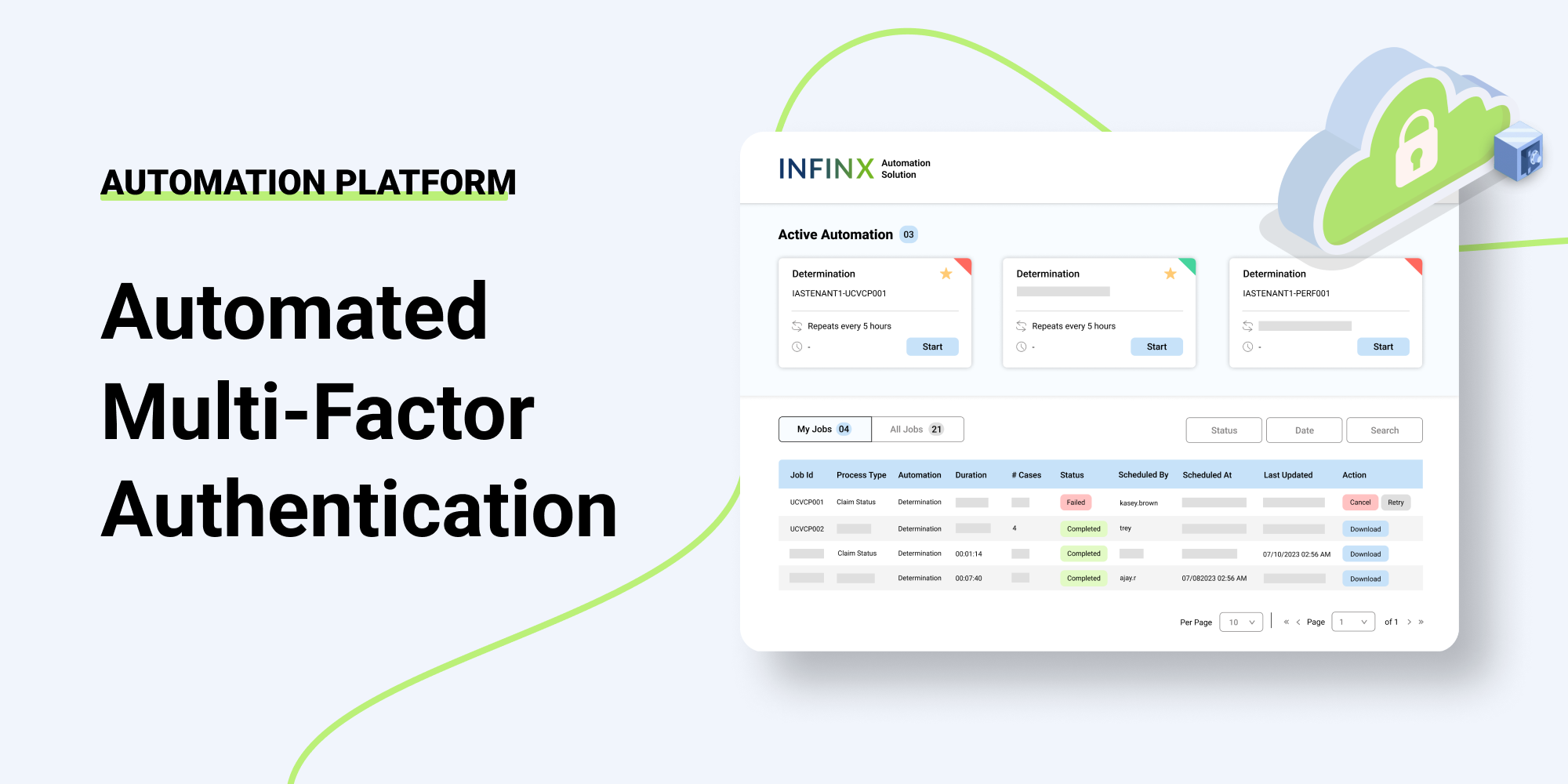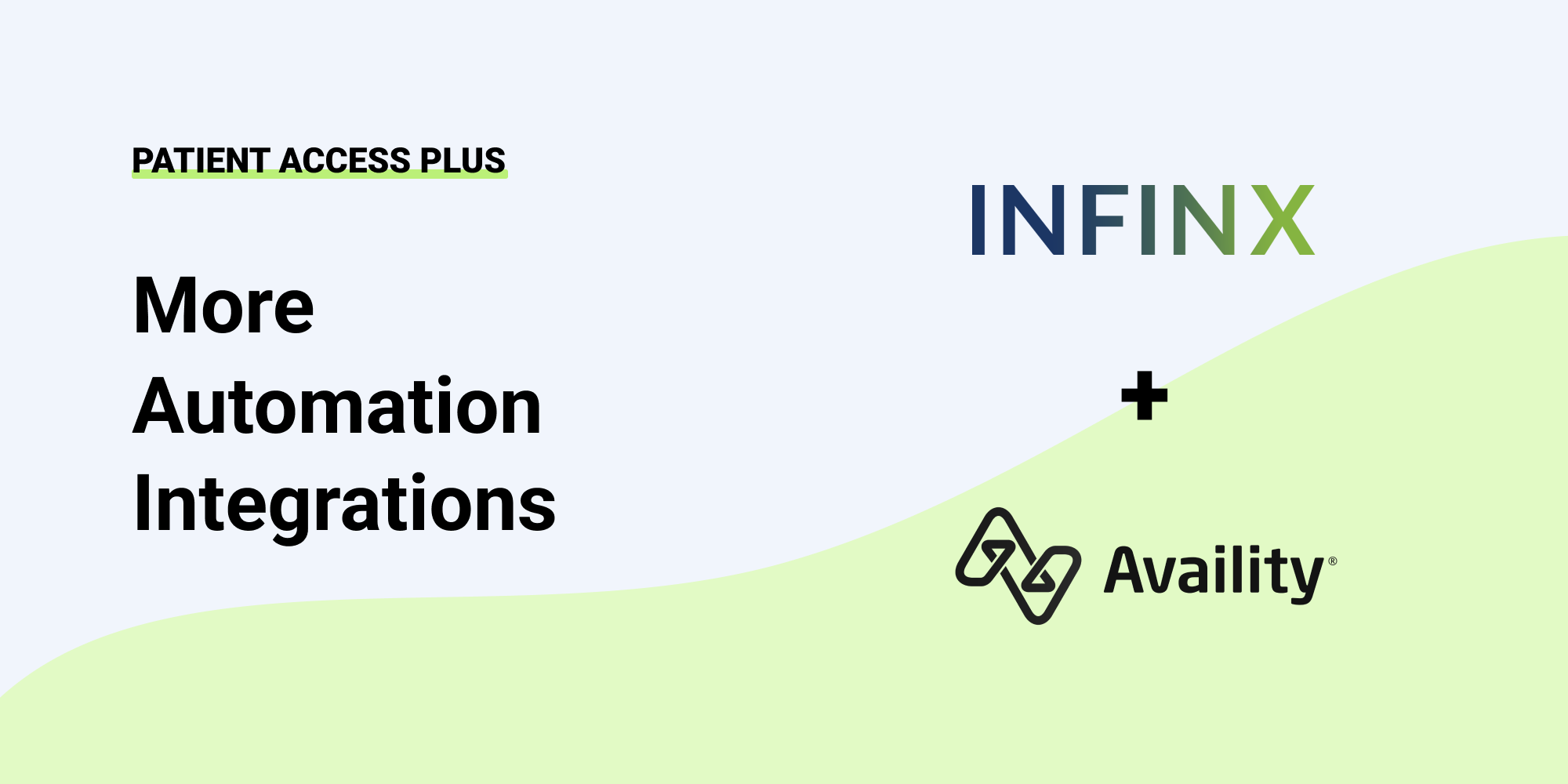Optimism can sometimes be in short supply in today’s healthcare environment. Reimbursement continues to decline, bottom-line cash flow suffers, and patients struggle with increased financial responsibilities. For cardiology groups, with an aging population, the need to increase reimbursements will only continue to grow, and life-sustaining procedures and treatment will keep on being scrutinized by governmental and private insurance providers.
While this squeeze has created anxiety within the healthcare field, it also brings ingenuity and inventiveness into sharp focus as solutions begin to rise to the surface. Optimizations of workflow in patient access and the revenue cycle management area can bring significant improvements to the bottom-line through increased reimbursement capture and streamlined administrative functions. Here are some ways to consider.
1. Reduce Cardiology Related Denials Through With AI & Data
It’s the nature of healthcare – even with the best-laid plans (or automation), denials will inevitably occur. By establishing a strong denials management system that has revenue cycle components plus cardiology speciality specific data isolated through artificial intelligence, automation and analytics, you can ensure that claims are adjudicated or appealed quickly and revenue collected:
-
Recovery forecasted and prioritized for pending, in-process, and denied claims
-
Predictive rules to determine “next best action” based on DOS checks, insurance benefits verification, CPT mismatch checks
-
Machine intelligence-powered strategy that prioritizes follow up and appeal activities designed to capture every possible dollar
-
Ability to determine the root cause through analysis and recommend upstream improvements
Today’s technology encourages providers to improve their patients’ experience while providing staff with some relief from the burdensome revenue cycle administrative processes.
2. Get CDSM Ready For Cardiac Imaging
The Clinical Decision Support Mechanism (CDSM) mandate is currently in the working phase, but starting in January 2023, missing certificates of compliance will negatively impact Medicare patient reimbursement. If your cardiology practice refers, or performs advanced testing like cardiac imaging, as mandated through the CMS guidelines, you will be impacted by these guidelines.
The Centers for Medicare and Medicaid Services (CMS) has a list of approved vendors that offer interactive electronic tools where providers can utilize the Appropriate Use Criteria (AUC) information to assist them in making the optimal clinical decision and then generate a certificate to be submitted with the claim to Medicare.
Consider implementing an automated CDSM solution that your team can practice with and your referring providers can get used to before financial penalties begin.
3. Explore Third Party Cardiology Coding and Billing Support
Practices experience ebbs and flow throughout the year that creates an uneven workflow and increased administrative problems, especially with staffing shortages. Besides the issue of scaling resources, there’s also the challenge of supporting staff in their effort to stay abreast of the latest trends in coding and payer rules and avoiding coding errors like missing modifiers or incorrect combination codes.
By teaming with a third-party coding and billing partner with cardiology expertise, accuracy typically rises, scaling is no longer a problem, and changes and updates are handled automatically with no burden placed on the practice. With a third-party team in place, you operate on an informed basis through data analytics that gives you a snapshot of A/R at any given time with no guesswork.
Each of these improvements adds time that providers can rededicate to their practices, while also adding to the bottom-line. Additionally, this impacts the patient experience and presents a more organized and streamlined operation. If you are looking to increase reimbursements for your cardiology practice, we can help. Request a demo today.


